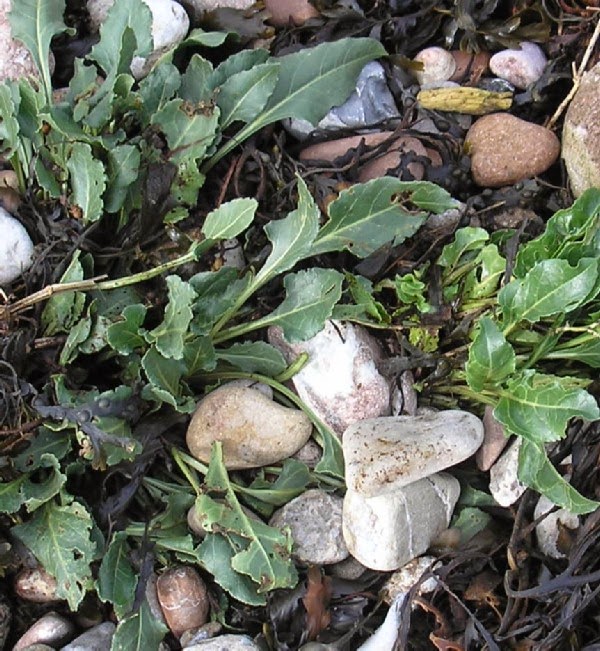Tree Mallow in Santiago del Teide, Tenerife. Photo by Steve Andrews
The tree mallow is a very tall species of mallow,
hence its name, and is often found growing on cliffs and at the tops of
beaches. It has attractive pinkish-purple flowers and blooms in summer.
Known to botanists as Malva arborea or Lavatera
arborea the tree mallow is a biennial or short-lived perennial. It can grow to
as much as 3 metres in height and forms a very thick stem like a small trunk. It
is a handsome plant that stands out in its natural habitat.
The seeds are tiny nutlets and are edible and known
in Jersey as “petit pains” or little breads. The leaves and flowers can also be
eaten The leaves have a lot of mucilage and this is good for combating inflammation.
In herbal medicine the tree mallow´s leaves are
steeped in hot water and used to make a poultice for treating sprains. Like
other mallow species the tree mallow has a lot of mucilage in its leaves.
The tree mallow is listed in the book Food For Free
which is Richard Mabey´s classic guide for foragers. It is a wild flower to
look out for when on a coastal walk.
The tree mallow grows on coasts in the UK but is
also found in Europe and the Mediterranean, as well as Libya, Algeria and the
Canary Islands. It is resistant to salty spray from the sea and is often found
on the coasts of islands.
The tree mallow makes an attractive garden plant and
will grow happily away from the sea. It will self-seed and is easy to maintain
year after year.
















%2Bpublic%2Bdomain.jpg)
.jpg)


